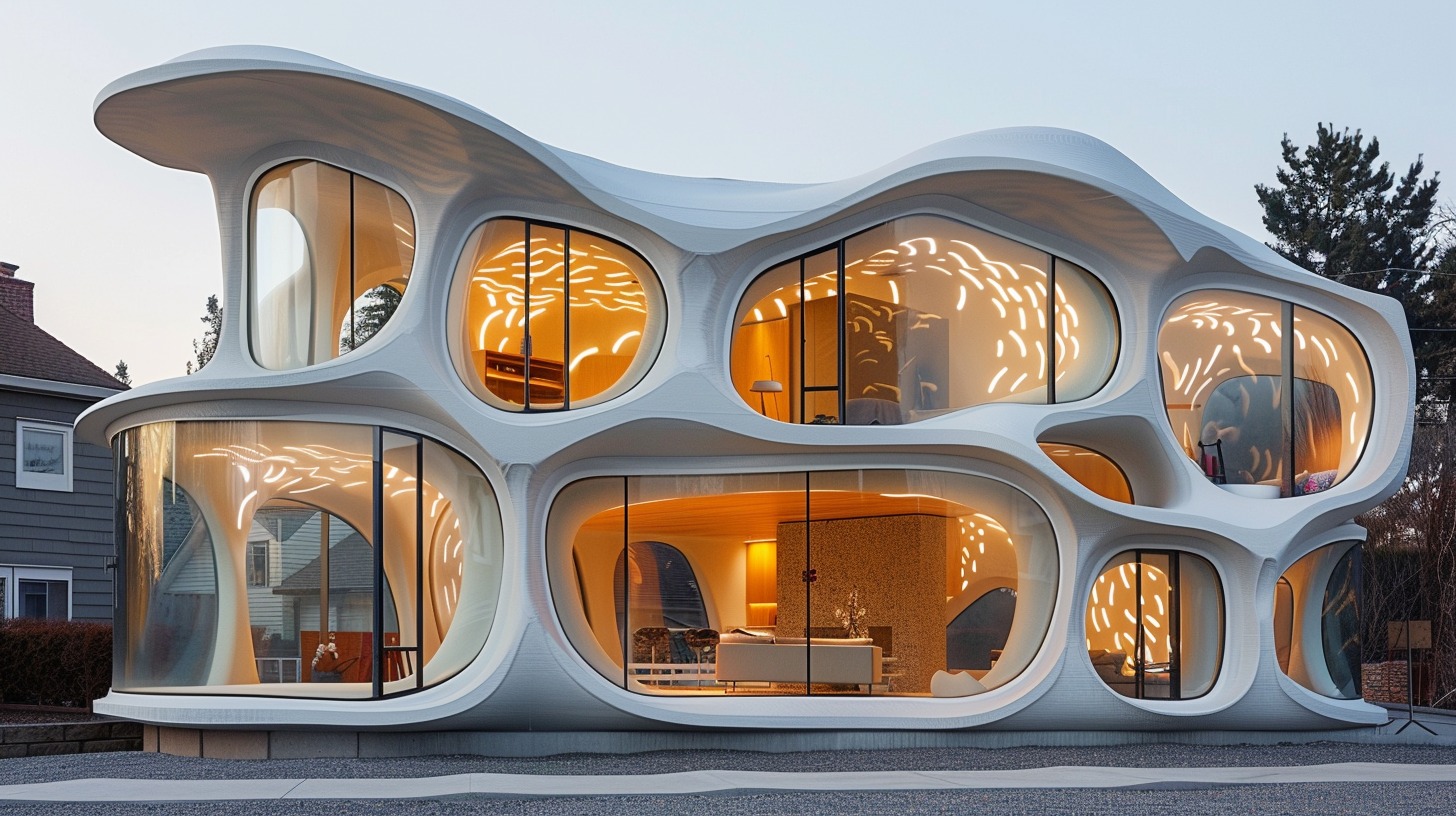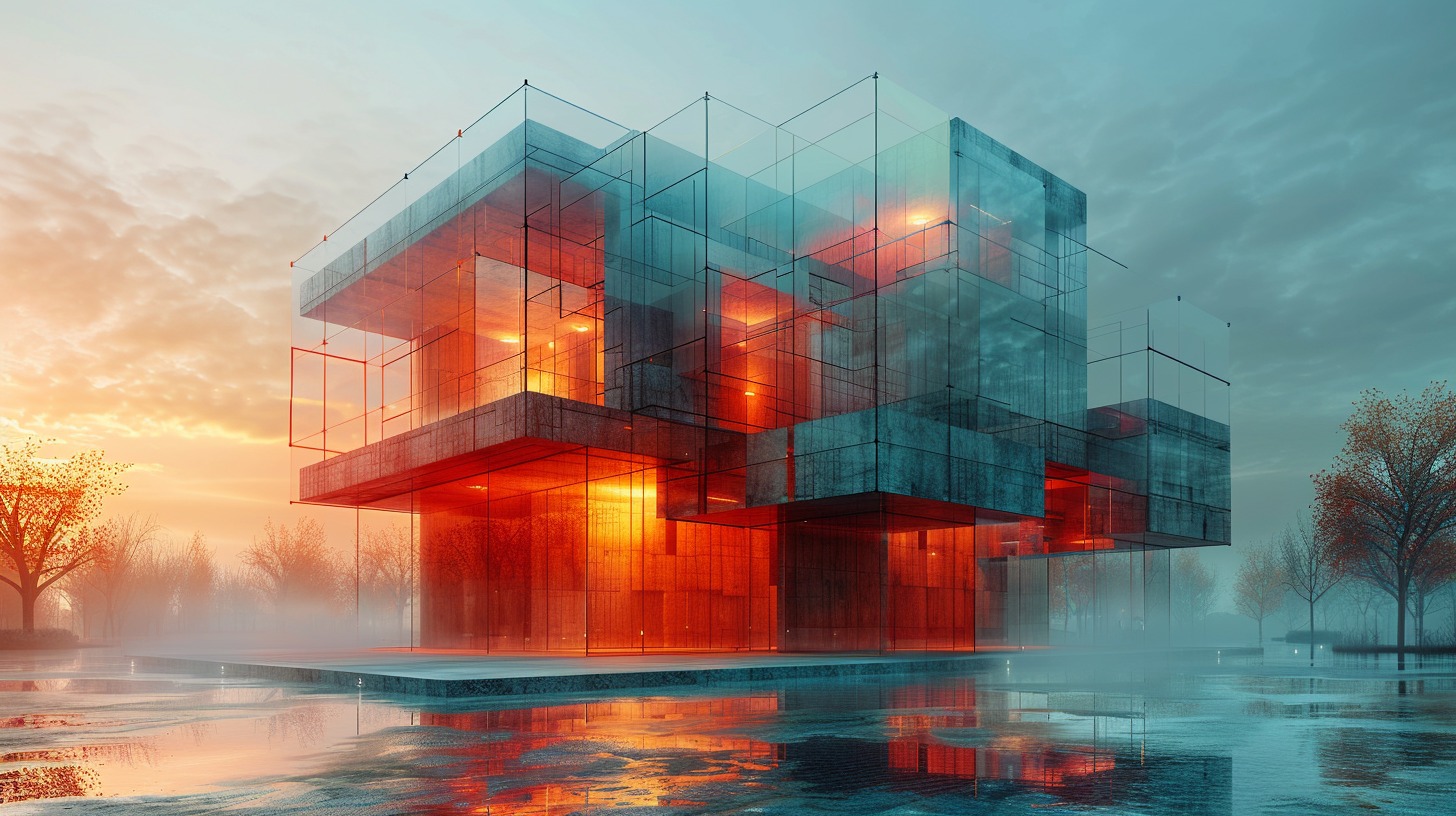The construction industry has advanced significantly with modern technologies, streamlining processes and enhancing sustainability. From smart materials to cutting-edge software, these innovations are shaking up infrastructure design, development, and maintenance. This document dives into the game-changing modern construction technologies that are building the industry’s future, brick by brick.
3D Laser Scanning
A 3D laser scanner emits quick light pulses that bounce off surfaces and return using LiDAR technology. The travel time determines the distance, and each data point converts into a coordinate. Scanning from multiple positions captures an entire site, forming a detailed point cloud and creating a precise 3D model.
Introduced to construction in the 1990s, laser scanning tech is seeing a demand surge, with significant growth projected by 2024. It’s invaluable throughout a project’s life cycle, from design and construction to operations and renovations, enhancing accuracy and collaboration while reducing manual labor and improving data collection.
General contractors and specialists in stucco repair in Sacramento are increasingly adopting 3D laser scanning to improve project outcomes.
Augmented & Virtual Reality
AR and VR have leveled up from gaming to construction, thanks to mobile apps, headsets, and smart devices. AR paints the real world with digital flair, while VR whisks you away to immersive wonderlands. These tech marvels boost teamwork, safety, training, and efficiency. Imagine stakeholders taking virtual building tours or AR goggles flashing vital safety tips — it’s like construction’s own superhero duo.
Construction firms are adopting mixed reality (MR), merging AR and VR for practical and immersive experiences. AR allows real-time visualization of designs to identify flaws before construction, while VR offers immersive design reviews and client presentations. When working with Sacramento general contractor, integrating AR and VR can lead to smoother project execution and better client satisfaction.

3D Printing
By leveraging 3D printing, construction firms can create complex components from digital blueprints. This method drastically reduces building time, minimizes waste, and cuts costs. Unique, customized designs offer greater flexibility and creativity.
3D printing addresses component shortages by enabling on-demand production, keeping projects on track. It promotes sustainability by using precise material quantities and reducing on-site waste. Automation of manual tasks further minimizes risks.
Cloud Computing and AI
Cloud computing lets construction pros access remote servers and storage online, boosting real-time collaboration and document management. AI and machine learning optimize design, spot errors, and enhance efficiency, cutting costs and improving safety. AI-powered robots handle repetitive tasks, freeing skilled workers.
These technologies identify safety risks, predict maintenance needs, and automate scheduling and procurement, allowing focus on complex tasks and improving project quality.
Final Thoughts
Modern construction technologies are reshaping the industry for enhanced efficiency, sustainability, and innovation. 3D laser scanning, AR/VR, 3D printing, robotics, automation, cloud computing, and AI are transforming project execution, improving safety, reducing costs, and minimizing waste. Jumping on these advancements means smoother processes, top-tier results, happier clients, and a greener world to boot.



